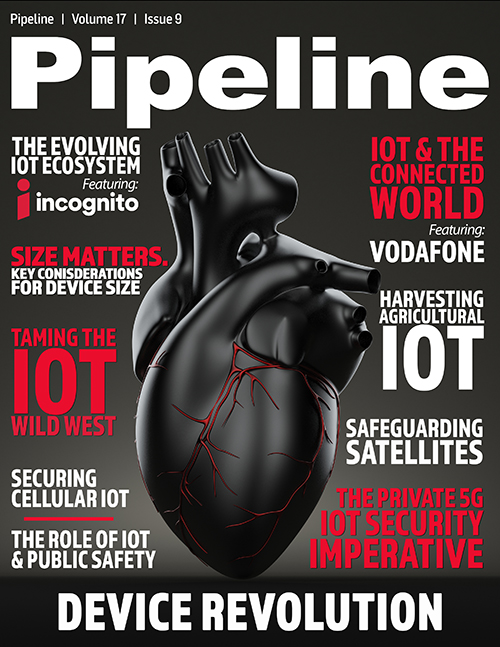Taming the IoT Wild West
Comprehensive testing
Ensuring UE operation and security within an IoT network requires comprehensive testing. As clearly evident, test solutions must support multiple wireless standards. Fortunately, the critical tests that need to be made are the same across these technologies. They must also be conducted quickly, reliably, and consistently in every case.
Transmit power, bandwidth, spectrum emissions, adjacent channel power (ACP), EVM, frequency error, phase noise, and sensitivity measurements all must be performed. Figure 1 is a display from a test instrument that includes key measurements. Below is a bit more detail on some of these tests.

Figure 1: Sample display from test instrument
click to enlarge
Adjacent Channel Power (ACP) – This measurement determines the power in a specified frequency channel bandwidth relative to the total carrier power. It is an important test in that it assures transmission quality and determines if power is leaking from the transmitter.
Error Vector Magnitude (EVM) – EVM measures how accurately a wireless system transmits symbols within its constellation.
Transmit power – The average power for an RF signal burst is measured to determine the power delivered to the antenna system.
Spectrum emissions – This measurement determines the out-of-channel emissions compared to the in-channel power. It is used to calculate if the excess emissions will cause interference.
Frequency error – This measurement ensures that the frequency hasn't leaked into another adjacent frequency.
Influence of 5G
With its high speed, large bandwidths, and low latency, 5G is a panacea for IoT, particularly mission-critical use cases. It does create new testing challenges, however, especially at Frequency Range 2 (FR2), where millimeter (mmWave) bands are used. Unlike sub-6 GHz environments—used in 4G and 5G Frequency Range 1 (FR1)—antennas can’t be bypassed, so coupled testing is not possible. With mmWave UE, antennas are integrated with the base stand and the RF front end. As a result, antenna-oriented measurements, such as total radiated power and peak beam surge, must be added to the list of necessary tests.



















